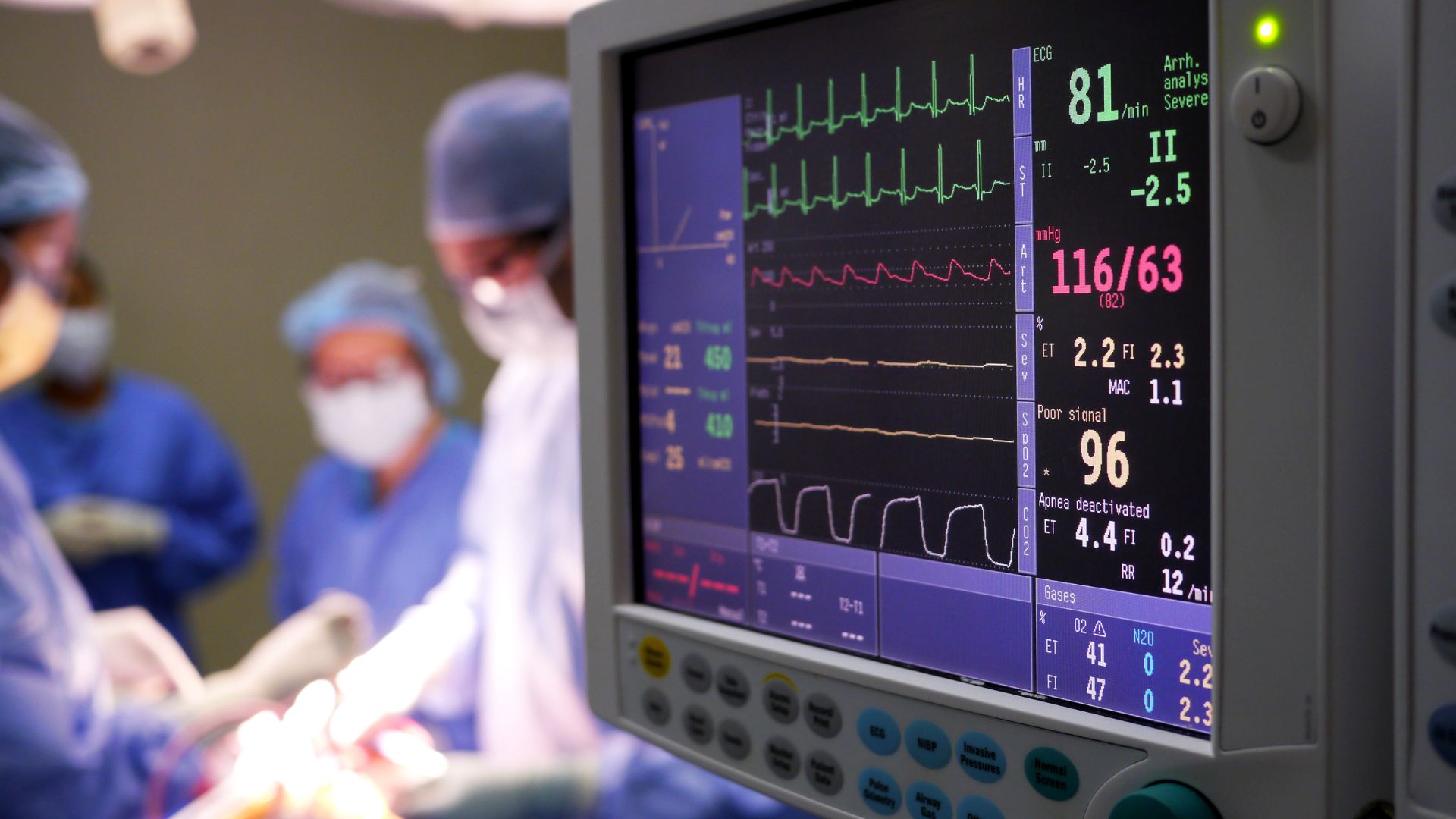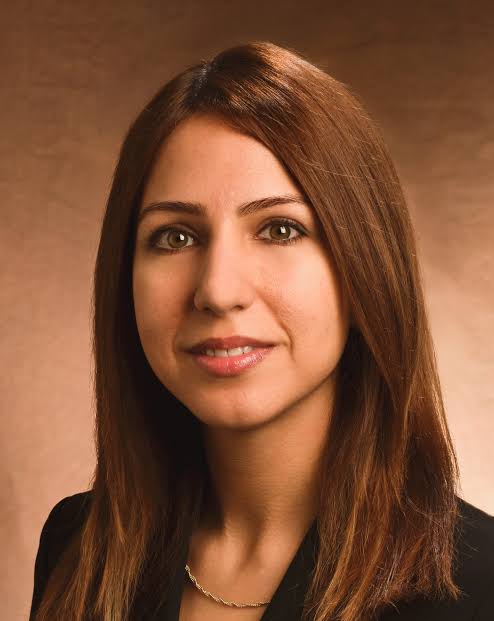
UTK research team training AI to detect sepsis
Dr. Khojandi is hopeful more engineers, mathematicians, and scientists develop partnerships to solve other complex problems in the healthcare industry.
In an ever-changing world of healthcare, technology is becoming increasingly vital in solving some of the medical mysteries of our age. Innovative minds like Dr. Anahita Khojandi at the University of Tennessee, Knoxville (UTK) are leading the charge. Khojandi shared insights into her work with artificial intelligence (AI), and how machine learning can help with the detection of Sepsis.

Sepsis is a serious condition resulting from the presence of harmful microorganisms in the blood. It happens in a patient when an infection triggers a chain reaction throughout the body which could include the malfunctioning of organs, shock, and in some cases death.
“If you talk to clinicians, sepsis is one of the major causes of death across the board in hospitals, but it’s not well-known by the public as much,” Khojandi said.
According to the World Health Organization, globally 11 million people die each year from sepsis. In the United States, about 1.7 million adults developed sepsis in 2017, and of those 270,000 died.
Khojandi, whose background lies in mathematical modeling and operations research, is a trailblazer in leveraging AI to address the critical signals pointing to Sepsis. She was working with AI before the public even knew what it was.
She classifies AI technologies into three sectors: descriptive AI, predictive AI, and prescriptive AI. Her work with sepsis detection harnesses predictive and prescriptive technologies.
“We want to predict who’s going to have complications – that’s the predictive part,” she said “Then, we are going to the realm of treatment planning… what therapies or interventions does a patient need and when – that is the prescriptive part.”
Currently, her sepsis detection research is in the pre-trial stages. Her team is leveraging data from Electronic Health Records (EHRs) to formulate potential treatment plans. However, there’s a problem with EHR data and sepsis studies because the data is not collected as frequently as necessary to detect a problem. For example, a bedside staff may only check on a patient every few hours. However overt sepsis signs can set in within a matter of minutes.
Khojandi thought bigger, and more outside of the box. She connected with a local hospital system that is taking an innovative approach by connecting its bedside monitors to data-storing technologies. Most monitors in hospitals show real-time data only, once it’s gone, there’s no way to get it back. By storing the data every minute, physicians and scientists can see more concrete evidence of what is happening to the patient during each phase of sepsis.
“Now we have such rich data being collected every minute, hour, and day from patients at their bedside,” she said. “It’s helping us build the best training model possible for our AI.”
While AI is causing a lot of mixed emotions on a national platform, Khojandi sees it as having incredible life-saving potential. However, she doesn’t see it as a solo actor in hospitals, but rather envisioning physicians utilizing AI systems to be more thorough, attentive to details, and help prevent poor outcomes.
“All of these technologies should be created to support clinicians. We are trying to make their lives easier. AI is not meant to replace anybody. They are supposed to work together for the best outcome for the patient,” Khojandi said.
As she continues her research around sepsis detection, Khojandi is hopeful more engineers, mathematicians, scientists, and physicians can develop partnerships to solve other complex problems in the healthcare industry.
“I would like to see more interactions between members in my engineering and mathematics community talking to clinicians. We should be bringing scientists and researchers into rooms with clinicians so that we can hear their concerns,” she said.
She hopes her work can inspire others at UTK to bring their research to life in new, practical, life-saving ways.
Like what you've read?
Forward to a friend!

